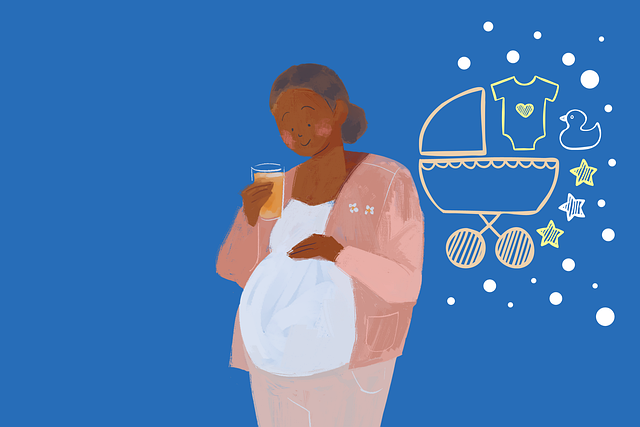As I was preparing dinner one evening, my lively 3-year-old daughter was twirling around the kitchen, absorbed in her own joyful melody. Suddenly, she halted and glared at the refrigerator, her tiny finger pointing at a colorful painting she had created, proudly displayed by a ceramic snowflake magnet she made at school. This magnet wasn’t just any decoration; it was her cherished creation, a token of love for her daddy.
In a moment of excitement, she tugged at the picture in an attempt to grab her beloved snowflake. Just as I turned to remind her to be careful, the magnet slipped off the refrigerator, crashing onto the tile floor and shattering into pieces. My heart sank as I watched her face crumple; tears flowed freely as she instinctively called out for me to mend her broken treasure.
As mothers, we naturally slip into “fixer” mode. It’s our instinct to remedy every situation, from scraped knees to lost toys. In our children’s eyes, we are the healers of heartache, the wardens of safety, and the keepers of lost items. As I knelt to examine the damage, my mind raced to locate my hot glue gun, but it quickly dawned on me that this wasn’t just a simple break; it had shattered completely. I hugged her tightly and softly said, “Sweetheart, it’s broken, and I’m afraid I can’t fix it.” I could see her little mind grappling with the concept of something so precious being beyond repair. For the first time, I truly empathized with her distress.
If you’ve ever interacted with a three-year-old, you understand how challenging it can be to see things from their perspective. They often ask for the impossible: “Can you cut my sandwich with the blue knife into triangle pieces, balance a banana on your head, and place it on the yellow plate next to the red strawberries—just one inch away?” This time, however, I connected with her frustration. How could something so dear to her be broken irreparably?
Brokenness is a concept I’ve wrestled with—not in trivial matters like toys or appliances, but in the grander scheme of life and our own selves. Before that moment, I often described my challenges as having “bent me,” but admitting to being broken felt like a sign of weakness. Yet, for the first time, I am ready to embrace the truth: I am undeniably broken. You might wonder what led to this realization. For me, it was the passing of my mother. It wasn’t just the heart-wrenching moment of losing her; it was the gradual decline I witnessed, each day taking away a little more of her spirit. I found myself in ordinary moments, watching my children laugh and play, thinking, “My mom would have savored this.” It breaks me anew.
We all carry our own burdens of brokenness. Whether it’s the small, nagging issues that chip away at us or the monumental life events that leave us shattered, each of us has a part of our soul that feels fractured. I can’t speak for your experience, but I want you to know this: acknowledging your brokenness is the first step towards healing. There’s a beautiful ancient Japanese technique called Kintsugi, where broken pottery is repaired with lacquer dusted with gold. This practice highlights the history of the object, emphasizing the beauty of the repairs instead of hiding the flaws. What if we embraced our own brokenness as the most beautiful part of ourselves?
As mothers, we strive to protect our children from life’s hardships. We wish for smooth sailing, with the wind at their backs. I still hold onto those hopes for my children. But akin to the story of the magnet, I told my daughter what I intend to share with her as she faces life’s more challenging moments. After cleaning up the remnants of the broken magnet, I placed it back on the refrigerator and said, “See, it still works. It’s still holding up your picture. In fact, now we can appreciate more of the beautiful artwork behind it.”
I hope and pray that when life challenges you, it offers a chance for your inner beauty to shine through—if you choose to see it that way. That’s what the world truly needs: more light illuminating the cracks where we’ve been broken. For further insights on navigating life’s challenges, consider exploring resources like this excellent guide on pregnancy and home insemination and learn about how to support your journey. Also, if you’re interested in boosting fertility for men, check out this helpful post for additional tips.
In conclusion, embracing our brokenness can lead to profound growth and beauty, transforming our experiences into something truly remarkable.
